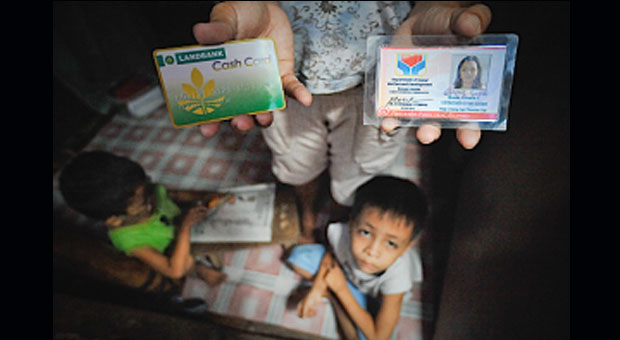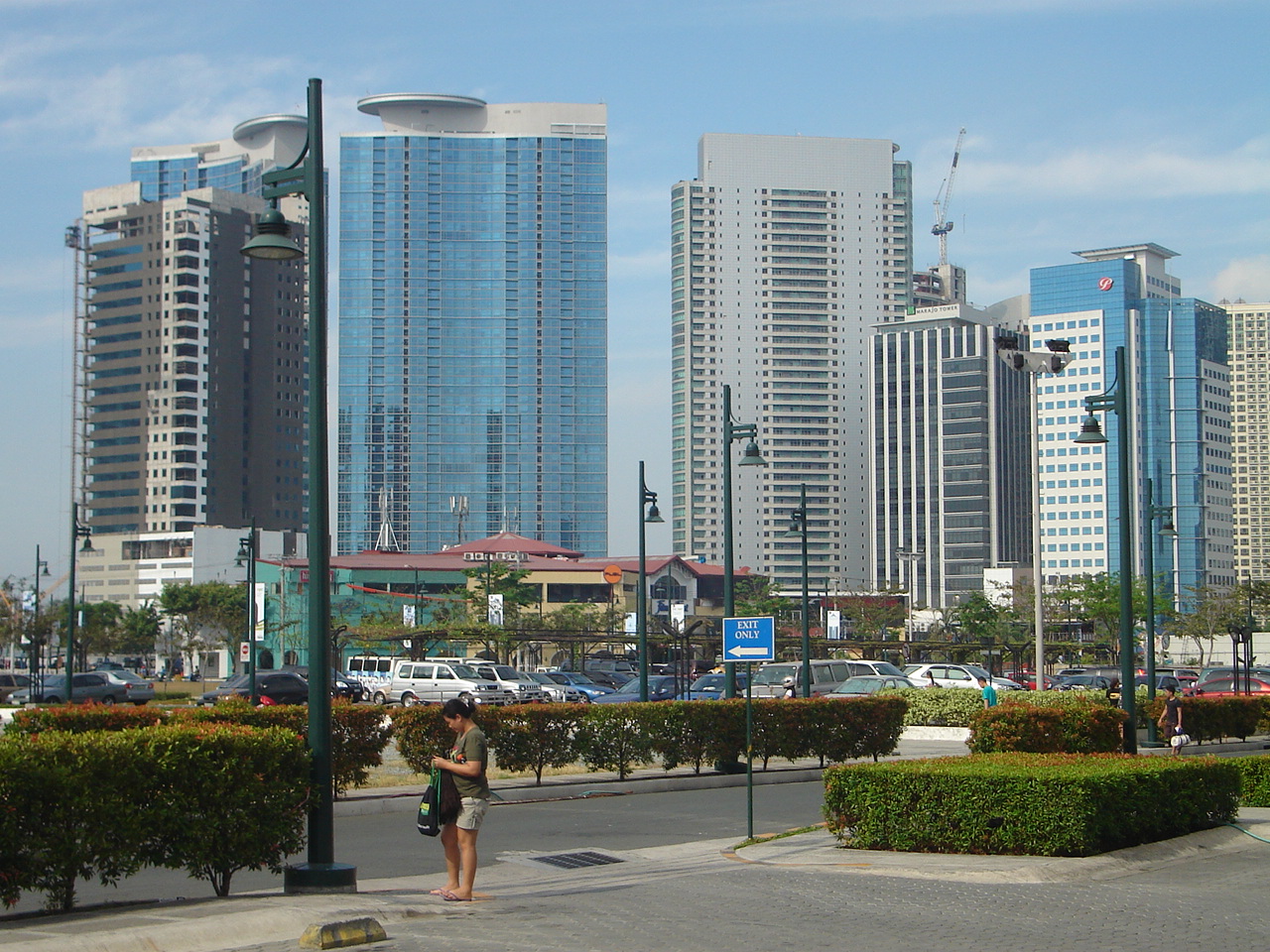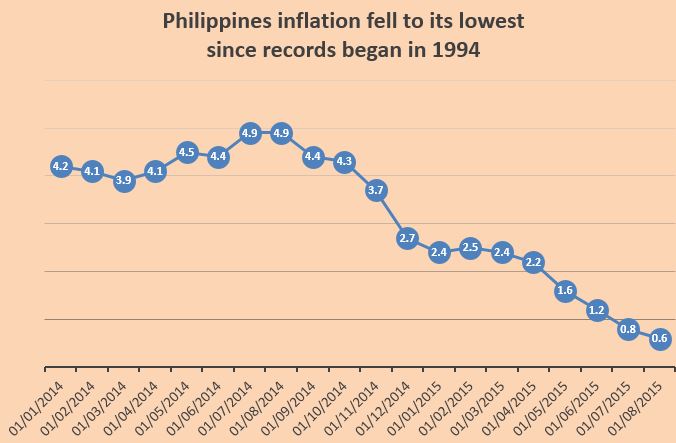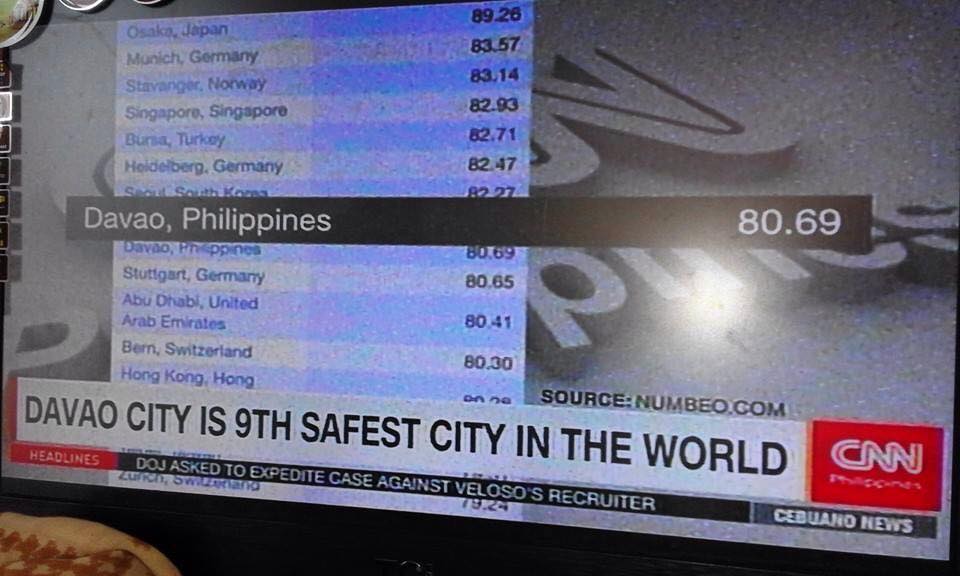
Conditional cash transfer beneficiaries PHOTO FROM BLOGS.ADB.ORG
PH cash transfer program among world’s best–World Bank
The World Bank gave the country’s conditional cash transfer (CCT) program high marks, saying it was one of the “largest and best-targeted social safety net programs in the world.”
Ruslan Yemstov, World Bank’s leading economist on social protection and labor, presented on Wednesday the results of the bank’s “The State of Social Safety Nets 2015” report which showed that 82 percent of the benefits of the Philippines’ CCT program went to the bottom 40 percent of the population and noted that it was “way superior” to previous social programs.
“The poor and vulnerable in the Philippines benefit from what is today one of the largest and best-targeted social safety net programs in the world,” said Yemstov, who led the team that prepared the WB report, said.
Protecting families
Social safety net programs include cash and in-kind transfers to poor households with the goal of protecting families from the impact of economic shocks, natural disasters, and other crises; ensuring that children grow up healthy, well-fed and stay in school; empowering women and girls, and creating jobs.
According to the World Bank report, more than 1.9 billion people in 136 low- and middle-income countries benefit from social safety net programs.
Across the world, CCT programs account for over 50 percent of social safety net programs, and are being implemented in 64 countries—a dramatic increase from two countries in 1997.
The report also noted that CCT had positive spillover effects on the local economy of target communities. Every dollar transferred to beneficiaries generates income ranging from $1.34 to $2.52 in local communities (“multiplier effects”).
Cash transfers boost school enrollment and attendance, increase live births in safer facilities, improve prenatal and postnatal care, promote regular growth monitoring of children during critically important early ages, and enhance food security, the report said.
In the Philippines, almost 4.5 million households are enrolled in the CCT, or Pantawid Pamilya program, from only 360,000 households in 2008.
“CCT grants account for an average of 11 percent of the income of the poorest recipient households,” noted World Bank Country Director Motoo Konishi.
Keep kids healthy and in school
Evaluation studies, according to Konishi, also show that CCT in the Philippines is delivering on its objectives: keeping poor children healthy and in school.
The program increased prenatal and postnatal care by 10 percentage points and increased the delivery of babies in health facilities by skilled health professionals by 20 percentage points. Children benefited by receiving higher intake of vitamin A and iron supplementation by around 12 percentage points and by increased weight monitoring visits to health facilities by 18 percentage points.
Aleksandra Posarac, program leader of the World Bank in Manila, said the Philippines has developed a system “way superior” to previous ones.
She lauded the government’s information management system, called Listahanan,” that identifies who and where the poor are in the country.
Social Welfare Secretary Dinky Soliman, whose agency is the lead implementor of the social safety net program, said the data base, “in a way, makes it corruption-proof.” - INQUIRER





























